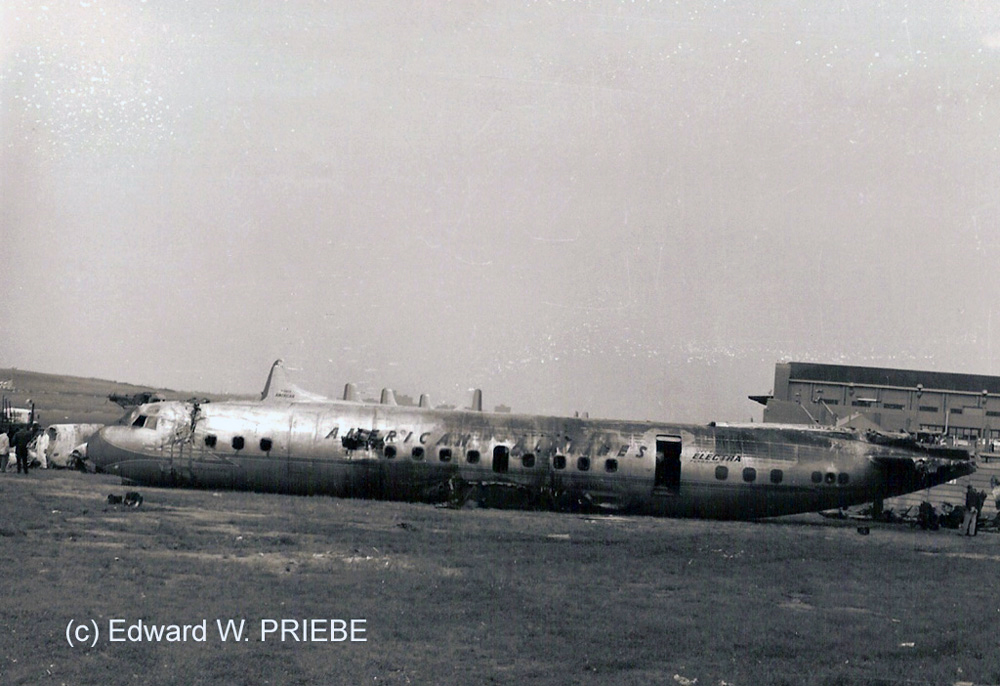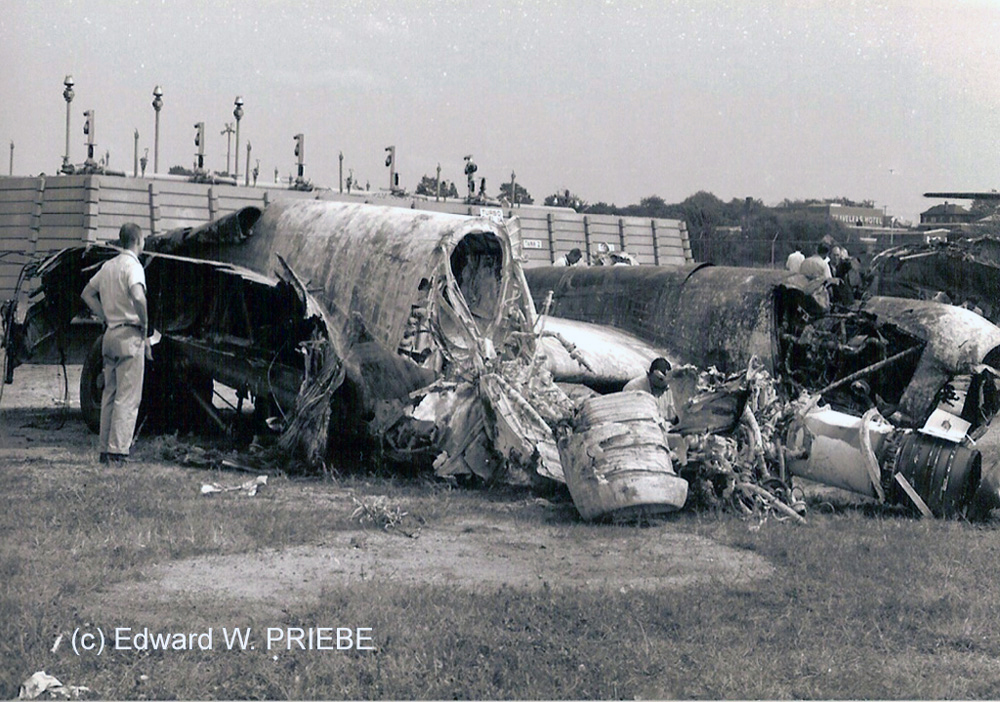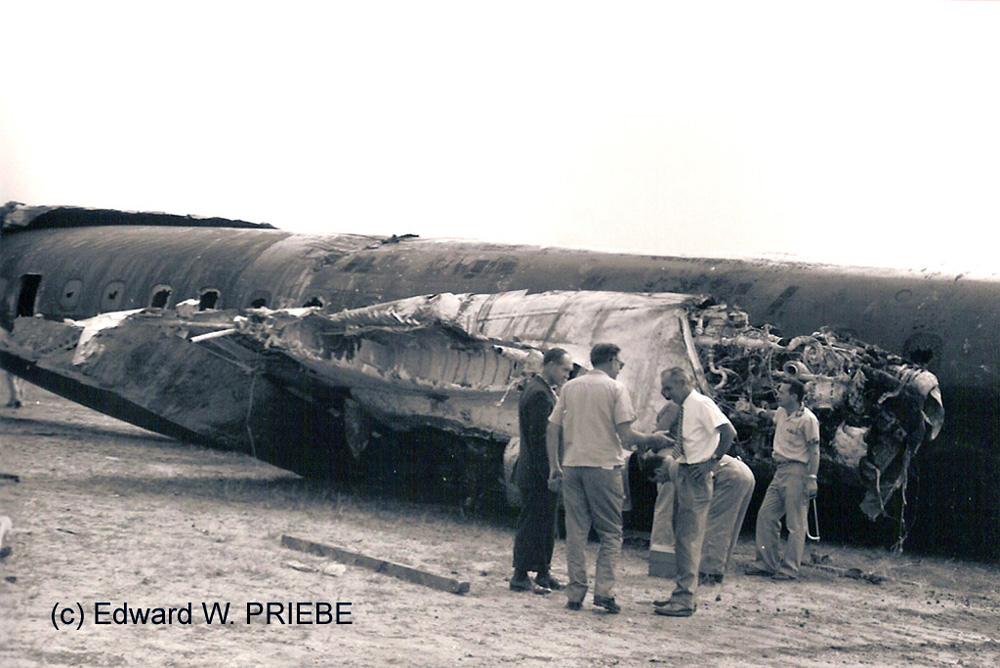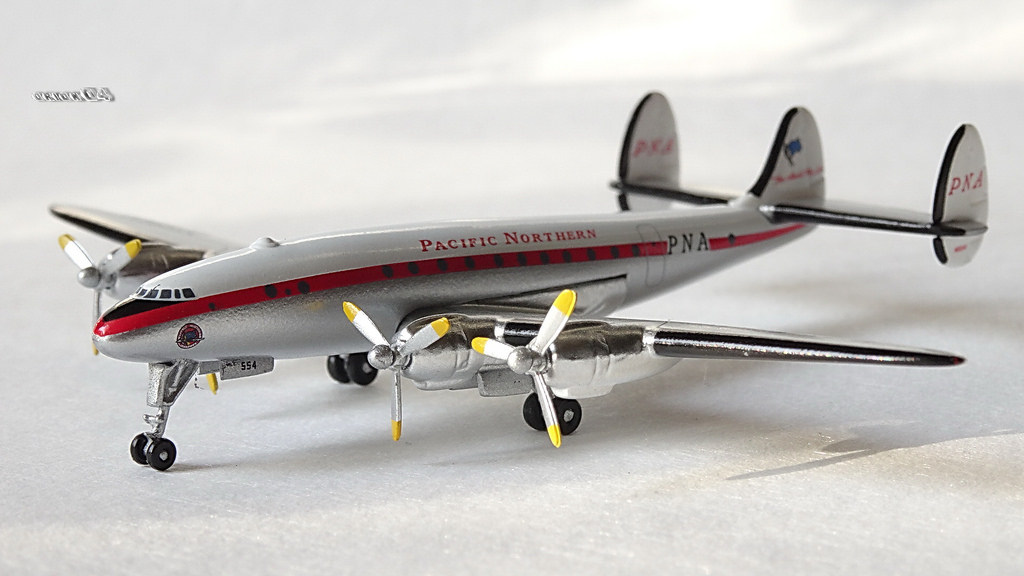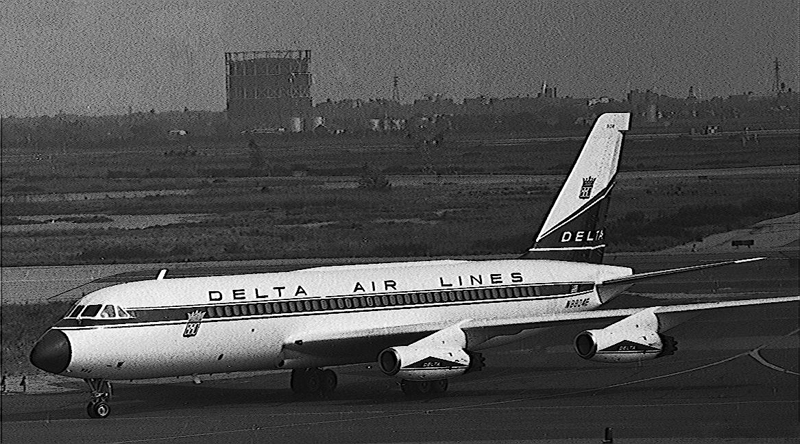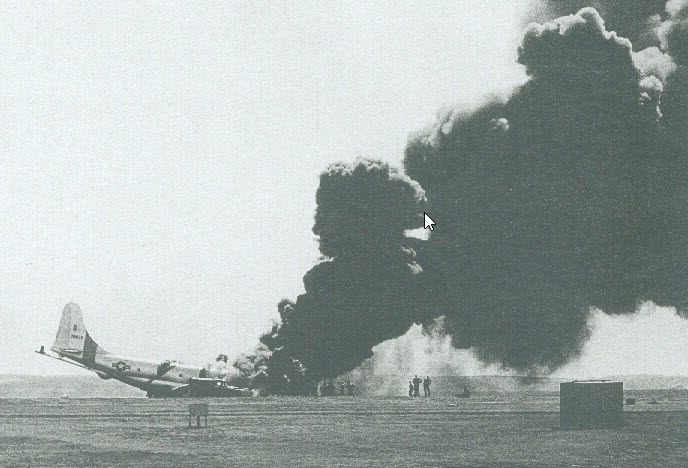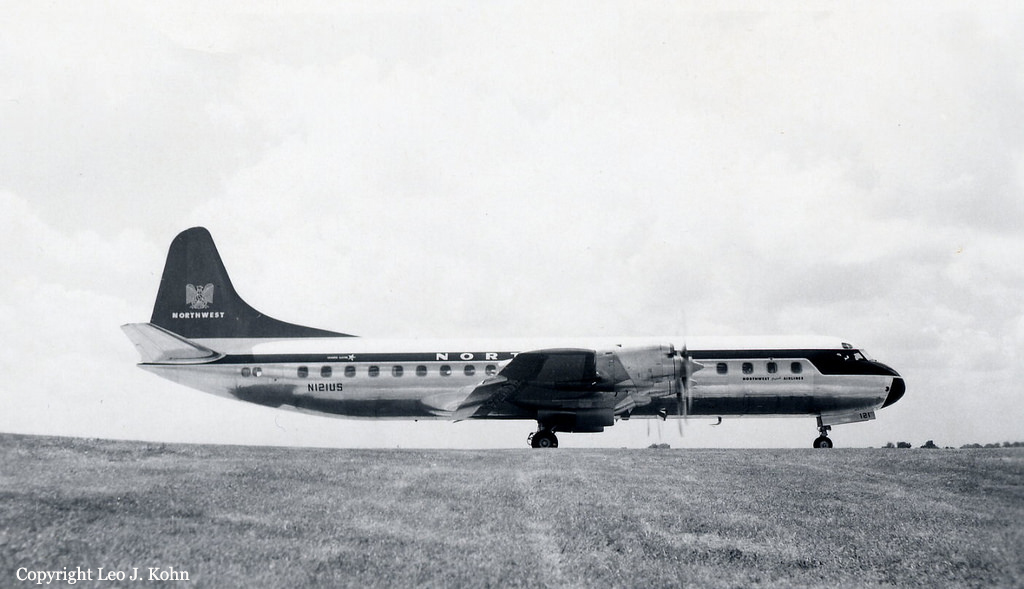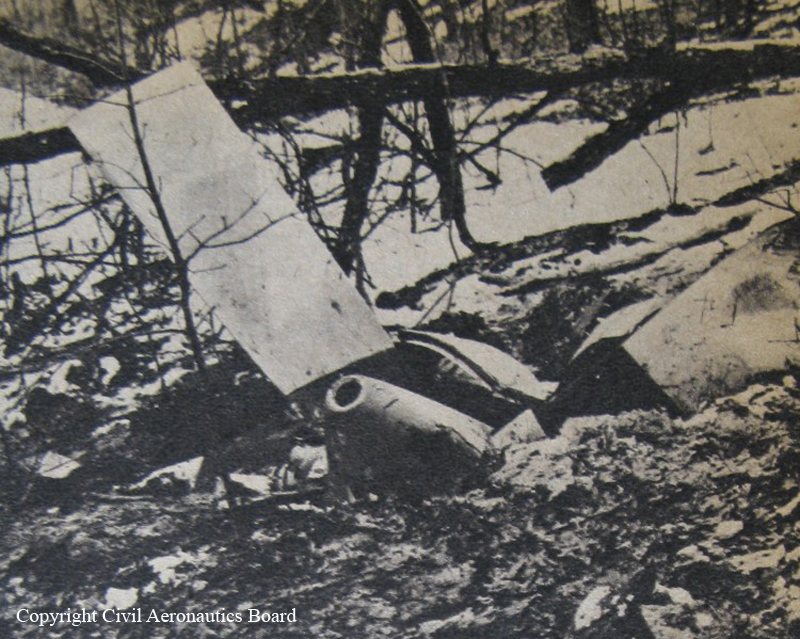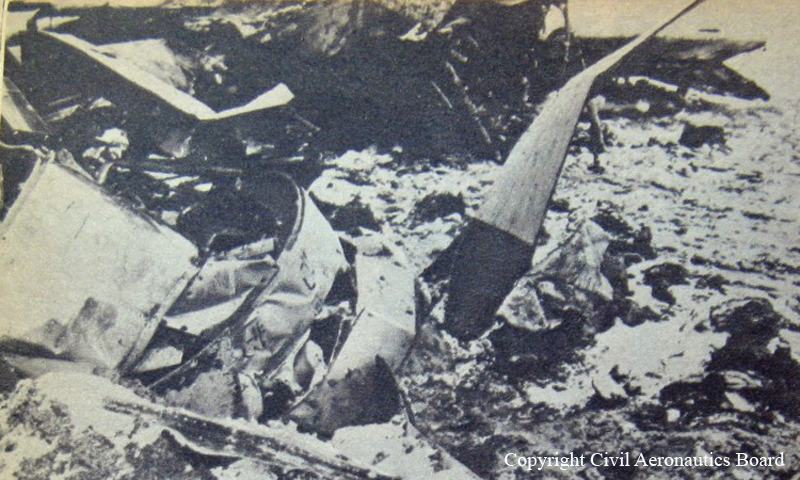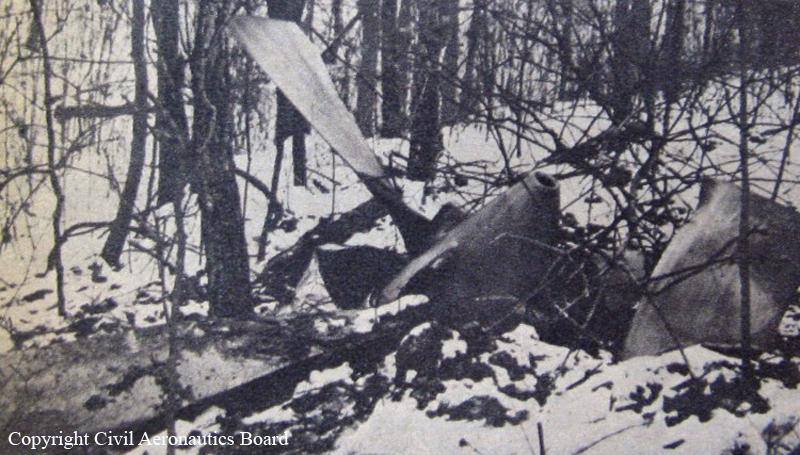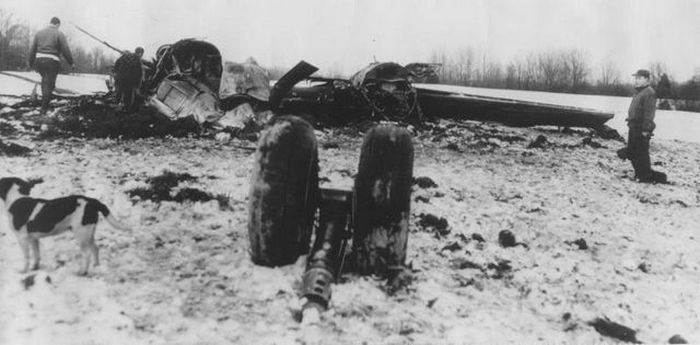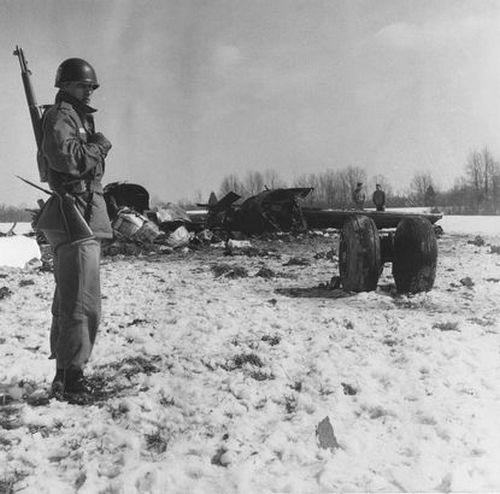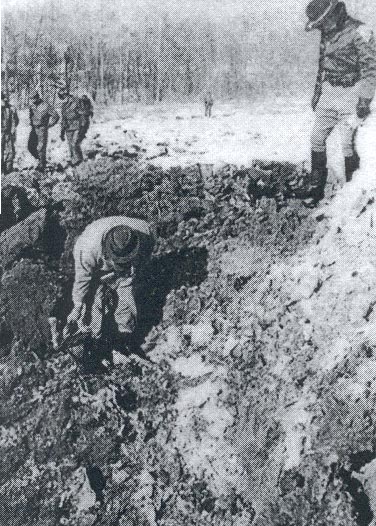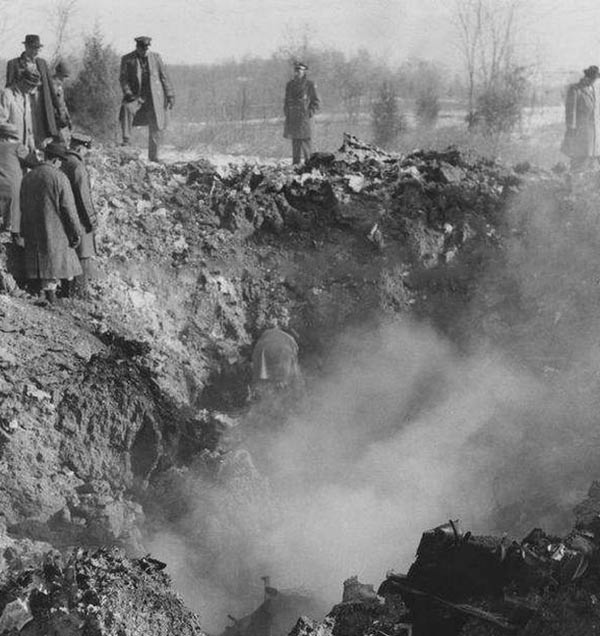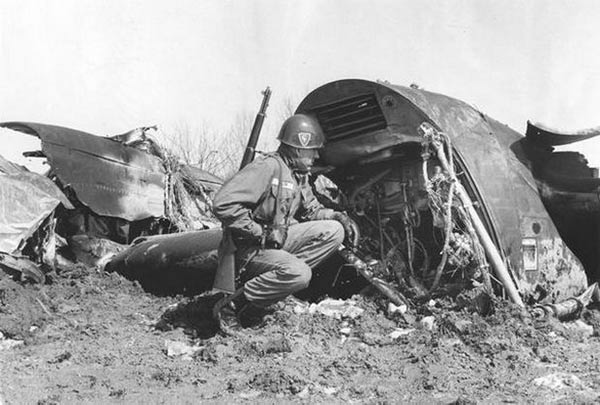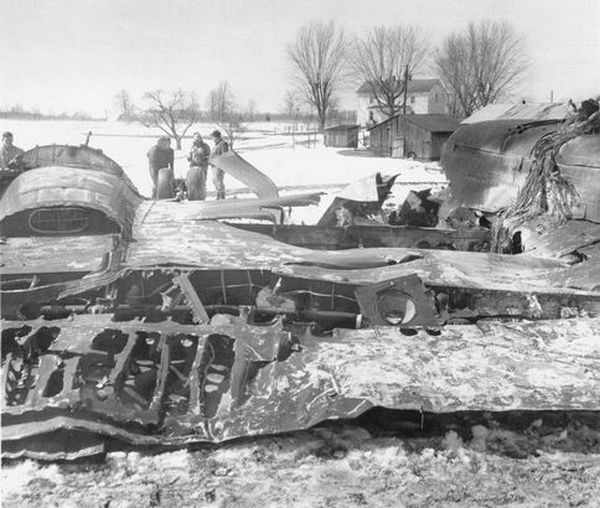Crash of a Lockheed L-188A Electra in LaGuardia
Date & Time:
Sep 14, 1960 at 0800 LT
Registration:
N6127A
Survivors:
Yes
Schedule:
Boston – New York – Saint Louis
MSN:
1117
YOM:
1960
Flight number:
AA361
Crew on board:
6
Crew fatalities:
Pax on board:
70
Pax fatalities:
Other fatalities:
Total fatalities:
0
Captain / Total hours on type:
279.00
Copilot / Total hours on type:
460
Aircraft flight hours:
1573
Circumstances:
The Electra scheduled as Flight 361 departed Boston at 0716LT with its destination St Louis, Missouri, and with a planned intermediate stop at LaGuardia Airport. About ten minutes prior to departure a crew change was made when a check pilot boarded the aircraft to flight-check the flight engineer. This check pilot, by mutual agreement with the crew and in accordance with existing company policy, took over the left or pilot-in-command seat with the previously assigned captain moving to the jump seat. The trip was routine until final approach at LaGuardia. On final approach, the airplane aircraft was too low and struck a dyke with its main landing gear and crash landed. Approximately half of the 76 persons on board suffered minor injuries or shock; no one was killed. The aircraft was severely damaged by impact forces and fire.
Probable cause:
The Board determines that the probable cause of this accident was the failure of the pilot to properly plan and execute the approach to a landing. Factors which may have contributed were the shortened runway and the unmarked upper portion of the dike.
Final Report:
